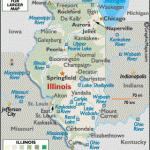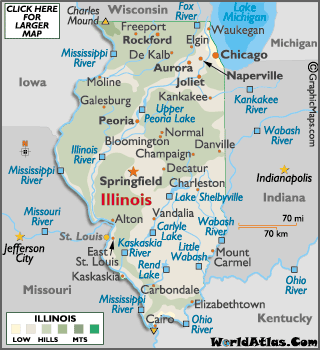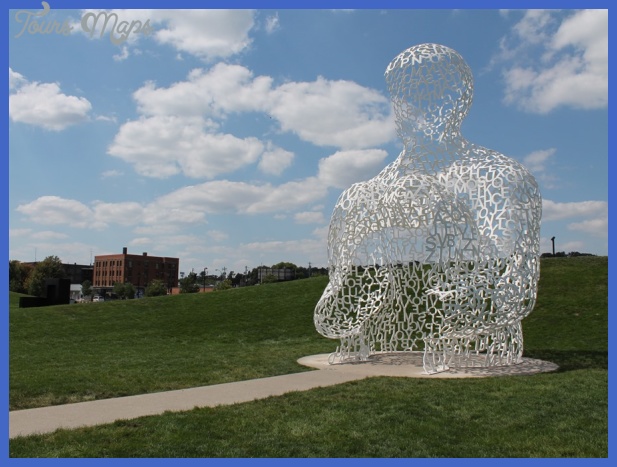The significant increase in the Latino population in Iowa was met with a variety of different perspectives. Iowa has never been a homogenous white state, as there has always been an indigenous population and a Black diaspora since its beginnings. However, what is apparent is a white hegemonic apparatus that has controlled the region since the nineteenth century. For most of the twentieth century the Asian, Native American, Black, and Latino populations remained exceptionally small, thus never challenging or threatening the dominance of the Anglo population until the late twentieth century. Because Iowa continually lost people for decades, there were many in the state who encouraged and welcomed the movement of Latinos.
For example, in the 1990s Iowa grew only 3.3 percent, whereas the nation grew to 9.6 percent. Most of the growth in Iowa was due to the movement of Latinos into the state. In fact, by the late twentieth century then governor Tom Vilsack officially proclaimed Iowa open to immigrants by establishing New Iowan Centers in Muscatine and Sioux City to help migrants find jobs and settle in. There was a mixed reaction to these developments. Some openly opposed the invitation to migrants strictly on prejudicial grounds, but others were concerned that an unchecked and unplanned growth based on migration would create more problems that it would solve. In the end, the momentum that had began a decade earlier continued unabated. In the early twenty-first century Latinos remained the fastest-growing group both nationally and in the state of Iowa.
From 1990 to 2004, Iowa underwent a 221 percent increase in its Latino population, which contributed 97 percent of Iowa’s population growth for this fourteen-year period. As of July 2006 there are approximately 114,700 Latinos in Iowa, constituting almost 5 percent of Iowa’s population and representing a
28.1 percent increase from the 2000 census. Mexicans remain dominant at 74 percent, Central Americans at 5 percent, Puerto Ricans at 3 percent, South Americans at 2 percent, Cubans at 1 percent, and other Latinos at 15 percent. Many of the factors mentioned earlier that explain this growth remain the same. It should be noted that the median age of Iowa’s Latino population is 24.6 years, whereas the overall median age for the state is 38.6. Occupationally, 37.1 percent of Latinos are employed in production, transportation, and material-moving positions. But a large percentage of Latinos are employed in the services industry, which has replaced agriculture as one of the main sectors of employment for Latinos. Yet, almost 20 percent of Latinos in Iowa are in managerial or professionally related occupations. Latinos also have a higher unemployment rate, at 7.7 percent, than the overall state rate of 5.3 percent; a significantly lower income, at $29,350, than the median income for the state of $43,609; and a much higher poverty rate, at
25.8 percent, than the state rate of 10.9 percent. Education remains a concern for Latinos: only 54.3 percent of Latinos age 25 and over have at least a high school education; 9.1 percent of Latinos age 25 and over have a bachelor’s degree or higher; and approximately 1 percent had a master’s, professional, or doctorate degree. As of 2006 Polk County had the largest population of Latinos, at 25,358.
Counties such as Marshall, Buena Vista, Muscatine, Woodbury, Scott, and Crawford have large concentrations of Latinos. At the city level Des Moines, Sioux City, Davenport, Marshalltown, Muscatine, Council Bluffs, Storm Lake, Cedar Rapids, Perry, and Iowa City have the largest population of Latinos in the state. At the current rate of growth the Latino population in Iowa is projected to reach 305,900 by 2030. This extraordinary growth has been met with resistance, acceptance, and tolerance, but it has not translated into a political voice.
Indeed, one consequence for Latinos was a nativistic reaction to their growth when in February 2002 the Iowa House of Representatives passed the English Language Reaffirmation Act. Governor Tom Vilsack signed the bill into law on March 1, 2002, thus making English the official language of the state. More importantly, as of 2005 there was only one Latino elected official in the entire state a municipal official from Storm Lake. This is a most troubling fact, considering the high concentration of Latinos in certain counties and cities in Iowa. Thus, although Latinos are increasing their numbers and contributing to the growth and development of Iowa, they remain a politically marginalized group throughout the state. Latinos in Iowa recently surpassed the African American population to become the largest minority group in the state.
Iowa Guide for Tourist Photo Gallery
Maybe You Like Them Too
- The Best Cities To Visit in The World
- World’s 10 Best Places To Visit
- Coolest Countries in the World to Visit
- Travel to Santorini, Greece
- Map of Barbados – Holiday in Barbados












